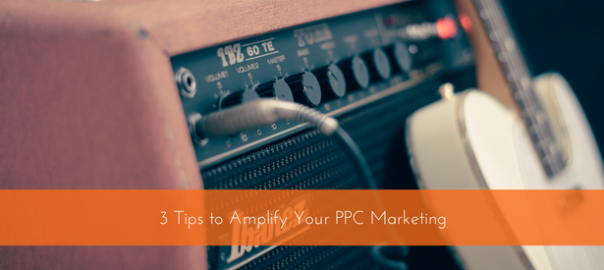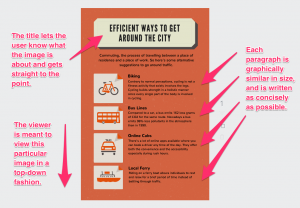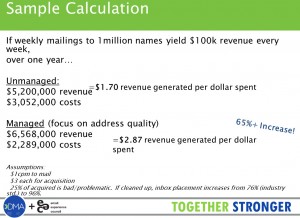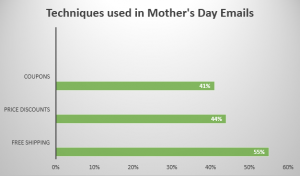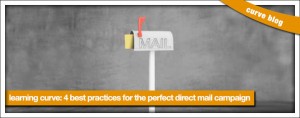
Pay-per-click advertising is just one aspect of the wide range of digital marketing tools available to you, but—in the right hands—it can certainly be one of the most powerful. Unfortunately, PPC marketing can also be one of the most expensive, especially if you make costly mistakes that impact your return on investment.
Because PPC is such a powerful tool, many want to jump right in and reap the benefits right away. Google makes starting an AdWords account super easy, which might lead users to believe that creating campaigns will be easy, too. Before you attempt pay-per-click advertising, there are a few things you should know.
The Bidding Process
Ensuring that your company shows up in Google searches requires knowledge of search engine optimization. Remember: your competitors already have AdWords accounts and have been bidding on the keywords associated with your business. If you want to beat them in the bidding war, you have to be thorough. Otherwise, you’ll end up paying top dollar for some keywords when others could bring similar results at a much lower price.
First, consider any trademarked words and phrases, as well as any other terms you’ve branded. You’re less likely to experience competition for these terms, but you’ll only receive traffic from searchers who are already familiar with your brand.
Next, consider industry-related terms. These are the words and phrases that you’ll compete the most for, so be creative. Long-tail searches are less likely to be bid on by competitors, and they’re also more likely to bring you buyers who are ready to convert. For instance, if you sell shoes, and someone searches for “red patent leather pumps,” that buyer already knows exactly what she’s looking for and probably has her credit card at the ready for when she finds what she needs.
Finally, bid on competitor keywords. This is where you’re likely to find some customers who weren’t already familiar with your brand, and then you can win them over with your unique selling proposition. This is a trickier process, so wait until you’re more familiar with PPC before you attempt it.
Investigate Sitelinks
You can set your PPC ads apart from competitors with this tool, which is just an easy-to-add extension for Google AdWords. This is a cost-efficient way to clarify and narrow down your ads for anyone who’s searching for the products you sell.
Let’s take a look at the red shoes search from earlier. A query through Google for “women’s red shoes” brings back two ads. The first, from ModCloth, shows four additional links at the bottom, giving the searcher the chance to further refine the search.

This is Sitelinks at work.
A/B Test Your Campaigns
Not even the most seasoned PPC marketing experts can predict exactly what will catch a buyer’s eye. What works with one campaign could achieve dismal results with the next. This is because buyers’ needs change, and so do the trends.
To always get the best possible results, create two versions of your campaign. They should be identical except for one piece, such as the headline. Run those two ads at the same time for two weeks, and then examine which had better results. If headline B worked better, then use that headline and then change something else, such as the image used or the copy in the body of the ad.
You’ll never achieve perfections because, as we said earlier, buyers’ needs are always changing. What you can do is ensure that you’re always presenting the best possible option at that time to your buyers.
Digital & Social Articles on Business 2 Community(80)
Report Post